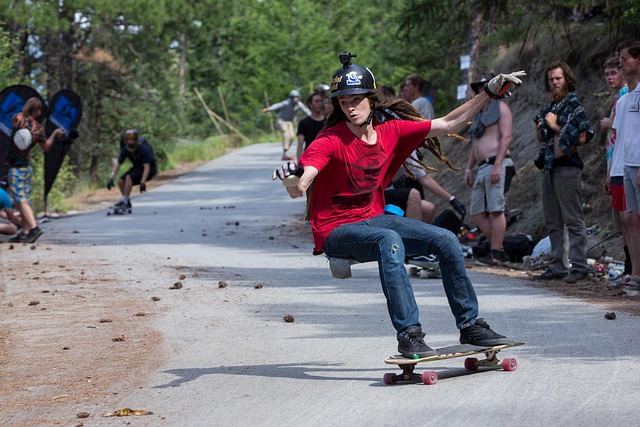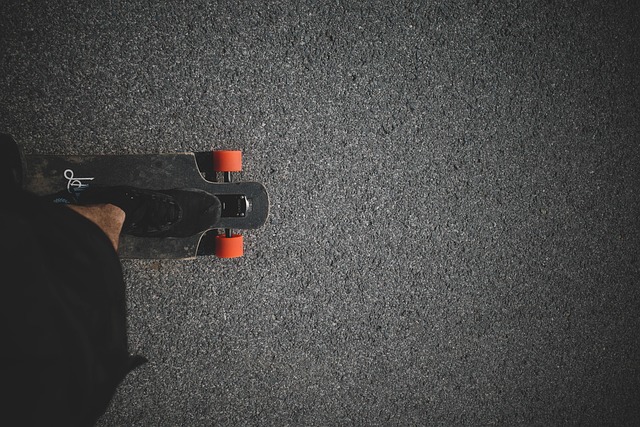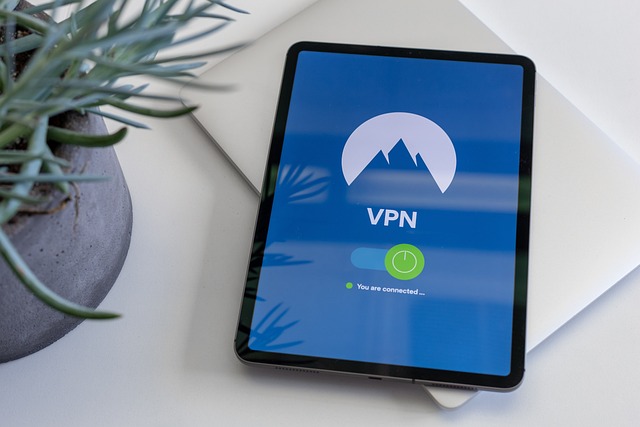Choosing the right longboard as a beginner depends on understanding your riding style, deck shape & size, wheel type, trucks, bearings, and personalizing accessories. For cruising, flexible boards with large soft wheels are ideal; drop-through designs offer control for learning turns. Longer decks promote stability, while shorter, asymmetric ones enable advanced moves. Soft wheels grip rough surfaces, while harder wheels provide speed on smooth asphalt. Quality trucks and bearings enhance maneuverability and performance. Accessories allow customization to express style and individuality.
For new riders looking to dive into the world of longboarding, understanding your riding style is key. This guide provides a comprehensive overview tailored for beginners, exploring essential components that make up these versatile boards. From deck shape and wheel selection to trucks, bearings, and accessories, learn how each element impacts performance and terrain compatibility. Discover the perfect longboard fit for your style, and get ready to glide with confidence on your new ride.
Understanding Your Riding Style: A Foundation for Choice

Understanding your riding style is a crucial step in choosing the right longboard, especially for beginners. Whether you’re looking to cruise around town or tackle downhill tracks, your personal preference and riding goals will dictate which board suits you best. Longboards are designed with various shapes, sizes, and flex patterns, each catering to different skills and desired experiences.
For instance, a beginner cruising around campus might favor a more flexible longboard that offers a smooth ride and easier turns, while a novice downhill rider would opt for a stiffer board for better control and stability at high speeds. By assessing your riding style aspirations, you can make an informed decision when selecting your first longboard, ensuring a more enjoyable and fulfilling experience from the start.
Types of Longboards: An Overview for Beginners

For beginners exploring the world of longboarding, understanding the various types available is a crucial first step. Longboards come in diverse shapes and sizes, each designed for specific riding styles and terrains. A popular choice for newcomers is the classic cruiser board, which typically features a flexible deck made of 7-10 plies of maple and has large, soft wheels perfect for smooth cruising and navigating city streets.
Another common type is the drop-through longboard, characterized by its low-riding platform with the trucks positioned lower than the deck. This design offers excellent stability and control, making it ideal for beginners learning to turn and carve. For those who enjoy speed and downhill riding, a dropper longboard with adjustable truck angles allows for precise carving at high speeds. These options cater to different preferences, ensuring a satisfying entry into the captivating sport of longboarding.
Deck Shape and Size: How It Impacts Performance

The shape and size of a deck on a longboard for beginners play a significant role in determining the board’s performance and versatility. Longer decks tend to offer more stability, making them ideal for beginners who are still developing their balance and carving skills. Wider decks provide a larger platform, enabling easier turning and carving in various stances. On the other hand, shorter decks are more agile, allowing for tighter turns and better maneuverability, which is perfect for those looking to learn advanced techniques like dancing or freestyle moves.
Decks come in various shapes, from symmetric to asymmetric designs, each catering to different riding styles. Symmetrical decks are versatile, suitable for both regular and goofy stances, while asymmetric decks provide enhanced performance for a specific stance. Choosing the right deck shape and size ensures a more enjoyable and safer learning experience for longboard beginners, as it directly influences their comfort, control, and overall enjoyment of the sport.
Wheel Selection: The Role in Terrain Compatibility

When it comes to a longboard for beginners, wheel selection plays a pivotal role in terrain compatibility. Different wheels are designed to cater to various surfaces and riding styles. For instance, softer wheels offer better grip on rough terrains like concrete or gravel, making them ideal for beginners exploring urban landscapes. Harder wheels, on the other hand, provide smoother rides on smooth surfaces like asphalt, enabling faster speeds and easier cruising.
Choosing the right wheel depends on where you plan to ride most often. Beginners who want a versatile board should opt for all-around wheels that can handle both smooth city streets and occasional rough patches. This flexibility allows for exploration without needing multiple boards, making it an excellent investment for novice longboarders.
Trucks and Bearings: Basic Components Explained

Trucks and bearings are fundamental components of any longboard, especially for beginners looking to navigate their first board. Longboards, known for their smooth glide and stability, rely on these parts to ensure a seamless riding experience. Trucks, attached to the board’s deck, serve as the point of connection between the deck and wheels, allowing for turn and maneuverability. They come in various types, offering different turning radii and stances, catering to diverse rider styles and preferences.
Bearings, on the other hand, facilitate smooth rotation within the trucks. These tiny yet crucial components are often made from durable materials like steel or ceramic, ensuring longevity and reducing friction during turns. When choosing a longboard for beginners, understanding the quality and specifications of these parts is essential as it directly impacts control, speed, and overall board performance.
Accessories and Customization: Personalizing Your Ride

Accessories and customization are essential aspects that make a longboard for beginners more than just a transportation tool—they transform it into an extension of your personal style. From colorful decks to unique wheel designs, beginners can instantly express their creativity and individuality on the streets. Customization also plays a vital role in enhancing performance; specialized grips, for instance, not only improve control but also cater to specific riding styles.
Moreover, accessories like backpacks designed for longboards offer both functionality and fashion. These allow riders to carry their boards with ease while showcasing their preference. The possibilities are endless, whether you’re a seasoned rider or just starting out; personalizing your longboard is a fun way to stand out and make every ride unique.
